BY: Wahyuni Kamah
Printed in The Jakarta Globe on March 17, 2015
Arrived at the main bus terminal in Yazd, the capital of the eponymous province in Iran, at night, and immediately I had the impression of a city that was wide sprawling. There were no high-rise buildings visible, and the city stretched out flat and low. I couldn’t wait until day broke to see and explore the city, located about 630 kilometers southeast of Tehran. Yazd was the center of Zoroastrianism when the Sasanian Empire (224 to 651 C.E.) ruled Persia and takes its name from Yazdegerd I, one of the rulers of the dynasty, who reigned from 399 to 421. Zoroastrianism is an ancient monotheistic religion founded more than 3,500 years ago by Zoroaster (or Zarathustra), and was the predominant faith during the Sasanian era. I wanted to know more about it, so the next morning I hired a taxi to take me to the Towers of Silence, among the last remnants of that time. Located in the middle of the country and surrounded by deserts — Dasht-e- Kavir to the north and Dasht-e-Lut to the south — Yazd is the driest city in Iran. As we drove to the site, I could see how the desert climate had compelled the inhabitants of this city of just over a million to a build their homes in a narrow and compact layout.
Towers of Silence
A 30-minute drive from my hotel took me to the outskirts of Yazd. On an arid hill in the desert, I saw two tall structures: the Towers of Silence, or dakhmeh in Farsi. The heat was intense, and it wasn’t even noon yet. After paying the entrance fee, which is the same for locals and foreigners, I entered the vast complex of the dakhmeh — funerary structures atop which the Zoroastrians would leave their dead to rot and be picked apart by scavenging birds and their bones bleached by the sun — part of the process of incarnation that typically took up to a year and that formally concluded with the bones being gathered and laid in an ossuary pit at the center of the tower where they gradually disintegrate. Ruins of brick houses still stand there, once abodes to people from distant villages who would come here to pray as the recently deceased were left on top of the towers. The houses had halls for such prayers, and a fire would stay lit here for three consecutive nights after the so-called open burial.
I climbed to the top of one of the towers, its perimeter wall standing about six meters tall. There were no steps. At the top, its funerary function becomes apparent. The tower proper is simply a perimeter wall with a diameter of some 15 meters surrounding a pit. Four concentric rings line the pit: the outermost rings were for the bodies of men, the next for women, and the third ring for children. The pit at the very center was the ossuary. It was, as per its name, deathly silent at the top, with only the breeze of the desert wind audible. After the towers, I headed back to the city of Yazd to visit the Zoroastrian fire temple on Kashani Street.
Fire, and water, are agents of purity in Zoroastrianism, and not objects of worship, as is widely believed. The temple is located in the middle of the lush garden of cypress, pine, and cedar trees. Out front is a round pool, and the main entrance is adorned by six columns, with the Faravahar, the winged disc that is among the best-known Zoroastrian symbols, above the main gate. The temple was built in 1934 and belongs to the Association of Farsi Zoroastrian of India.
Only priests may enter the sacred room to tend to the flame, which is kept ablaze with dry wood such as almond or apricot several times a day. There were not many visitors when I went to the temple, but it’s said to get very crowded during Nowruz, the Persian New Year when the practising Zoroastrians of Yazd also offer their prayers. Nowruz, which falls this Friday, marks the beginning of spring. Despite its Zoroastrian roots, Nowruz today is a secular holiday, particularly in Iran and regions that formerly fell under Persian influence and culture, including parts of Azerbaijan, Afghanistan, Kazakhstan, and some Kurdish areas, and is celebrated by people of different ethnicities and faiths. Read the full article here.

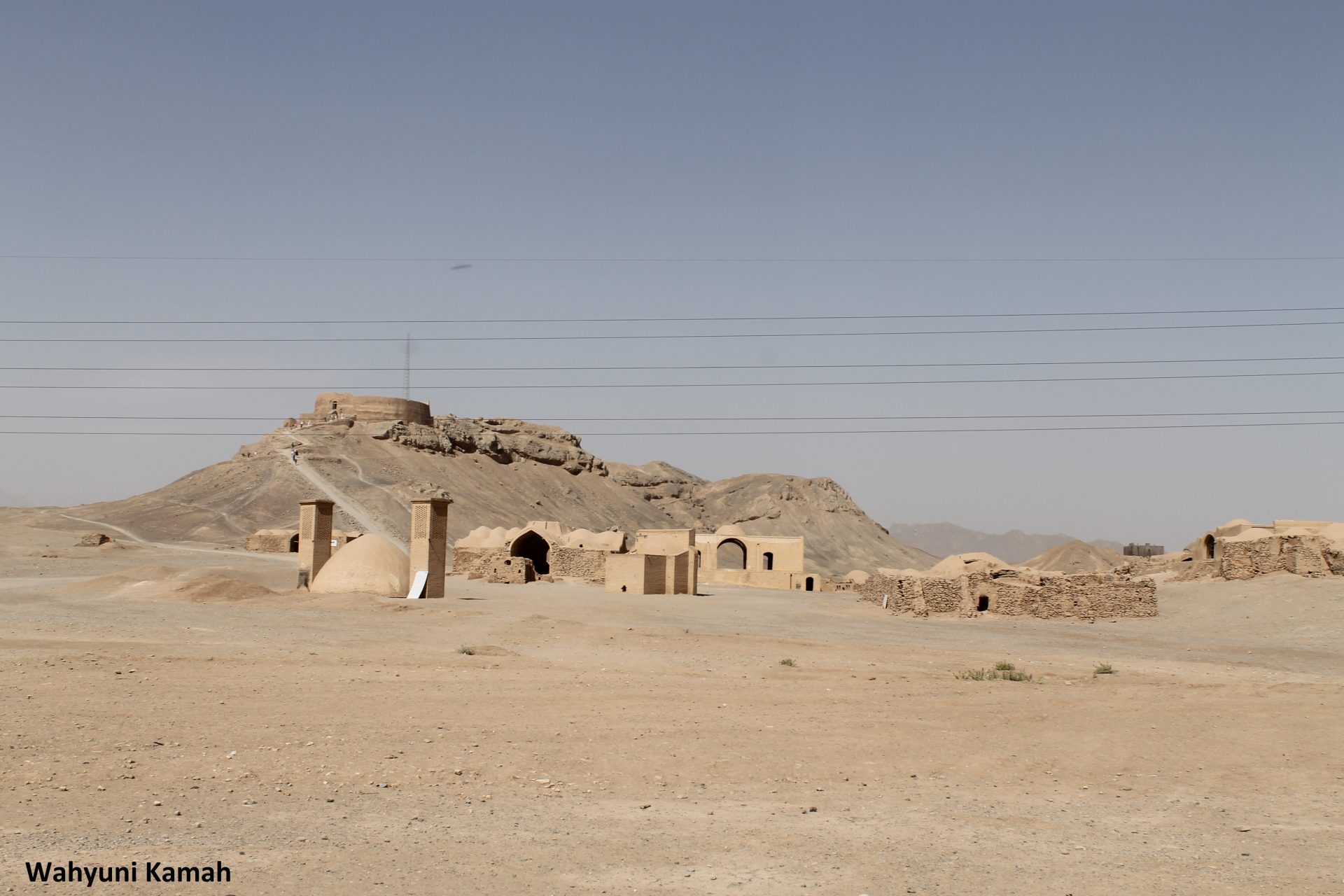
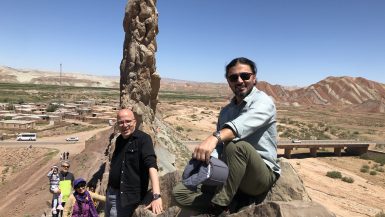
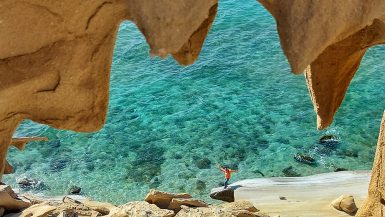
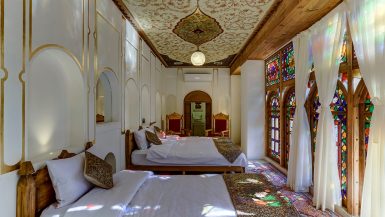
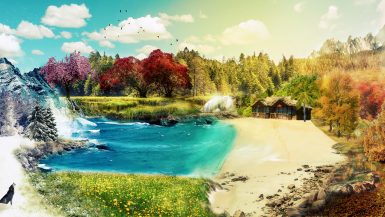
Leave a reply